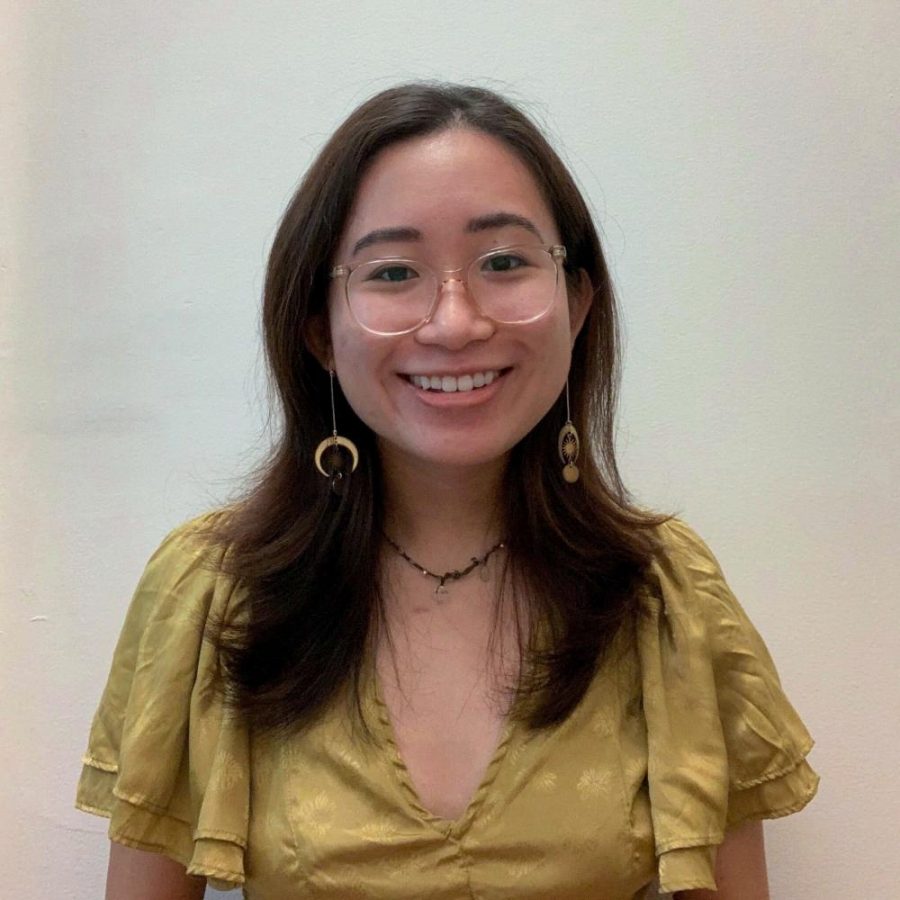Opinion: Stop exploiting Asians in your arguments against affirmative action
Arguments against affirmative action often center around Asian Americans as a way to criticize the policy as being harmful toward a minority group. However, opponents to this system have never had the interests of Asian Americans in mind.
April 7, 2021
NYU recently released admissions data for the Class of 2025, including the notable drop in acceptance rate, from 15% to 12.8%. As admissions decisions continue to roll in across the nation, the discourse around affirmative action has been reignited. Disappointed students rejected from their top choice universities are inclined to blame their rejection on affirmative action. This belief is not completely removed from reality, yet conservative challengers often use Asian American students as a political wedge against affirmative action. This exploitation legitimizes racist arguments and misinformation about this system.
In Thomas Espenshade and Alexandria Radford’s influential book No Longer Separate, Not Yet Equal, the Princeton sociologists examined the weight of an applicant’s race and ethnicity in the admissions process. They found that, with all other things being equal, Asian applicants face a penalty of 140 SAT points compared to white applicants. In addition, Asian students had to score 450 points higher on the SAT to have the same chance of being admitted as a Black applicant. Although Espenshade himself has stated their study lacks empirical evidence to prove discrimination against Asians, his research nonetheless bolsters the conservative argument that affirmative action is a misplaced progressive policy that benefits Black and Latinx students at the expense of white and Asian students.
This phenomenon has stirred many legal challenges. Conservative legal strategist Edward Blum, an opponent to affirmative action, sued Harvard for limiting the number of Asian American students they admit. The Trump administration filed a brief in support of Blum in this lawsuit, stating that “the evidence also showed that Harvard’s process has repeatedly penalized one particular racial group: Asian Americans.” Blum attempted to dismantle affirmative action by challenging race-conscious college admissions programs in the 2016 case Fisher v. University of Texas. Abigail Fisher, the litigant in this case, was white. After failing to eliminate affirmative action, Blum strategized that he “needed Asian plaintiffs.”
These white affirmative action opponents don’t have the interests of Asians in mind. Rather, Asian students are being weaponized against marginalized college hopefuls. Blum intentionally invokes the model minority myth by portraying all Asians as highly successful individuals unfairly hurt by affirmative action. This advances the false narrative that Asian American students are a monolith, and completely ignores Asians who do not fit the model minority stereotype. Only about half of Asian Americans hold a bachelor’s degree or higher.
There are also large discrepancies between various subgroups in the Asian American community. For example, only 27% of Vietnamese Americans and only 17% of Hmong and Cambodian Americans hold a bachelor’s degree or higher. Furthermore, Southeast Asian Americans benefit from affirmative action policies. While Blum claims he is protecting the interests of Asian Americans, his lawsuit ignores the fact that an overwhelming majority — 70% — of Asian Americans agree with affirmative action. It’s no surprise, then, that more than 135 Asian American organizations banded together to support affirmative action after Blum filed his case.
The data does not support the misleading conservative narrative that Black and Latinx students receive a big bonus and Asian and white students receive a large penalty in the application process. In fact, this ideology capitalizes upon the rifts already created between minority groups by the white-manufactured model minority myth. A 2016 study found that eliminating affirmative action would not increase the number of Asian Americans in elite colleges. When you completely eliminate Black and Latinx applicants from the Harvard admissions pool, the admissions rate for all remaining Asian American and white students only increases by 1%. This means that rejected Asian American and white applicants were unlikely to be admitted even with the omission of race. While there is evidence of discrimination against Asian Americans, it is wrong to dismantle a system that was designed to provide opportunities to historically excluded groups.
While affirmative action has flaws, this is not a zero-sum game. It is still a crucial tool to create equal access to opportunities and a diverse student body. The real concern for opponents of affirmative action was never about Asian Americans. It was about ending policies believed to hurt white people.
Opinions expressed on the editorial pages are not necessarily those of WSN, and our publication of opinions is not an endorsement of them.
Email Emily Dai at [email protected].


























































































































































Asian American • Feb 3, 2022 at 4:21 pm
Affirmative action is literally systematic racism against Asian Americans. All in all, this was a very sloppy article.
The author acknowledges that Asian Americans are not a monolith. True. So why is it permissible to deny us academic access as if we were?
Furthermore, the author goes on to state that “affirmative action has it’s flaws”- then fails to expand on anything and flippantly handwaves away these “flaws”. Race based discrimination is a flaw, and no, you can’t just handwave it away.
I expected better from a NYU student. An education there is very expensive. This author would do better to spend her time refining her critical thinking skills before publishing such flawed garbage with our universities name attached to it. It’s a shame she’s not taking her education more seriously.
“this is not a zero-sum game” – oh but it is. Systematic racism will not be tolerated. Affirmative action must be disbanded, and educational support and access should be weighed by economic need.
Ray Turner • Aug 30, 2021 at 6:56 pm
Affirmative action is necessary with systemic racism. Inequity is inequity. Fair admissions means that white people must always be recruited in overwhelming numbers in top schools and in top positions first and foremost. That is America. Blacks are blamed for voting in President Biden and so we must have cheated. Now they have to get rid of democracy. That is America. Fairness is what white people say it is.
Asian American • Feb 3, 2022 at 4:10 pm
What an incoherent, rambling mess of nonsense. You need to do better at articulating your thoughts because you sound like an absolute lunatic.
w w • Aug 30, 2021 at 1:34 am
Article is wrong. Affirmative action has its roots in Jewish quotas. From the very beginning the purpose of it was to discriminate. My kids are going to have a harder time getting into good schools because of this racist self-hating apologist.
James RHEE • Aug 13, 2021 at 10:59 pm
Yeah. If a Asian is not gifted he or she can’t get into a top school unless they are good at a certain sport. If a black person isn’t gifted but can graduate from a college they can get into Harvard. Asians don’t commit the crimes they do and they aren’t lazy but are being punished. Lots of them have parents that push them hard and they need to achieve because their social skills aren’t good. The author is an embarrassment to Asians.
R • Jun 9, 2021 at 2:50 am
This bitch probably has a white boyfriend. Everything about her screams self hatred. ? Real asian Americans don’t support affirmative action racism.
Jared • Apr 9, 2021 at 5:39 pm
i am asian. affirmative action bad. that’s really all there is to it. discrimination for the sake of diversity is never the answer.
Jonathan • Apr 8, 2021 at 4:09 pm
Affirmative Action is Racist! No logical argument disputing this fact.
I guess its o.k to be Racist when it suits you.
ken • Apr 8, 2021 at 11:37 am
Affimrative action is only one part of race based admission policies. You can polarize the battle against race based admissions to make it appear to be white applicants against the rest. However, the bigger picture is based on the desire to reward merit and not skin color. Why is it ok to reward people based on skin color, but if you were to punish based on ethnicity suddenly its an evil wrong-doing.
Any actions that consider race is by definition racist. The motivation does not make it right sometimes and wrong other times.